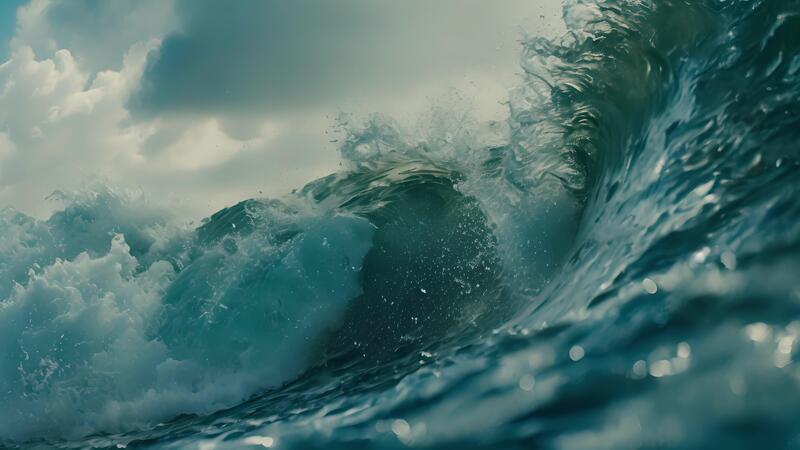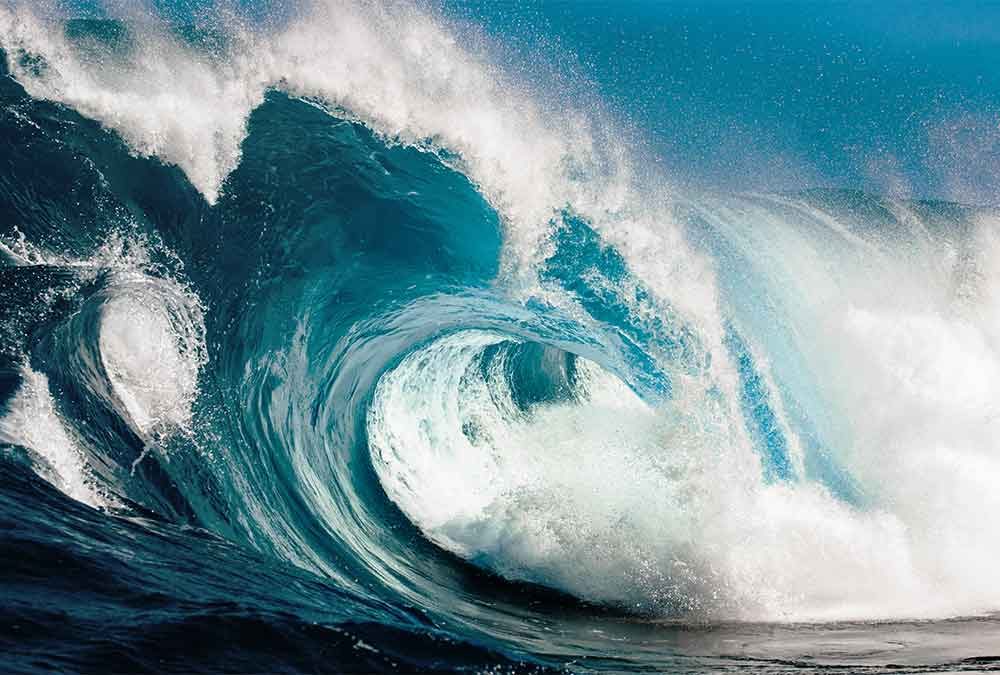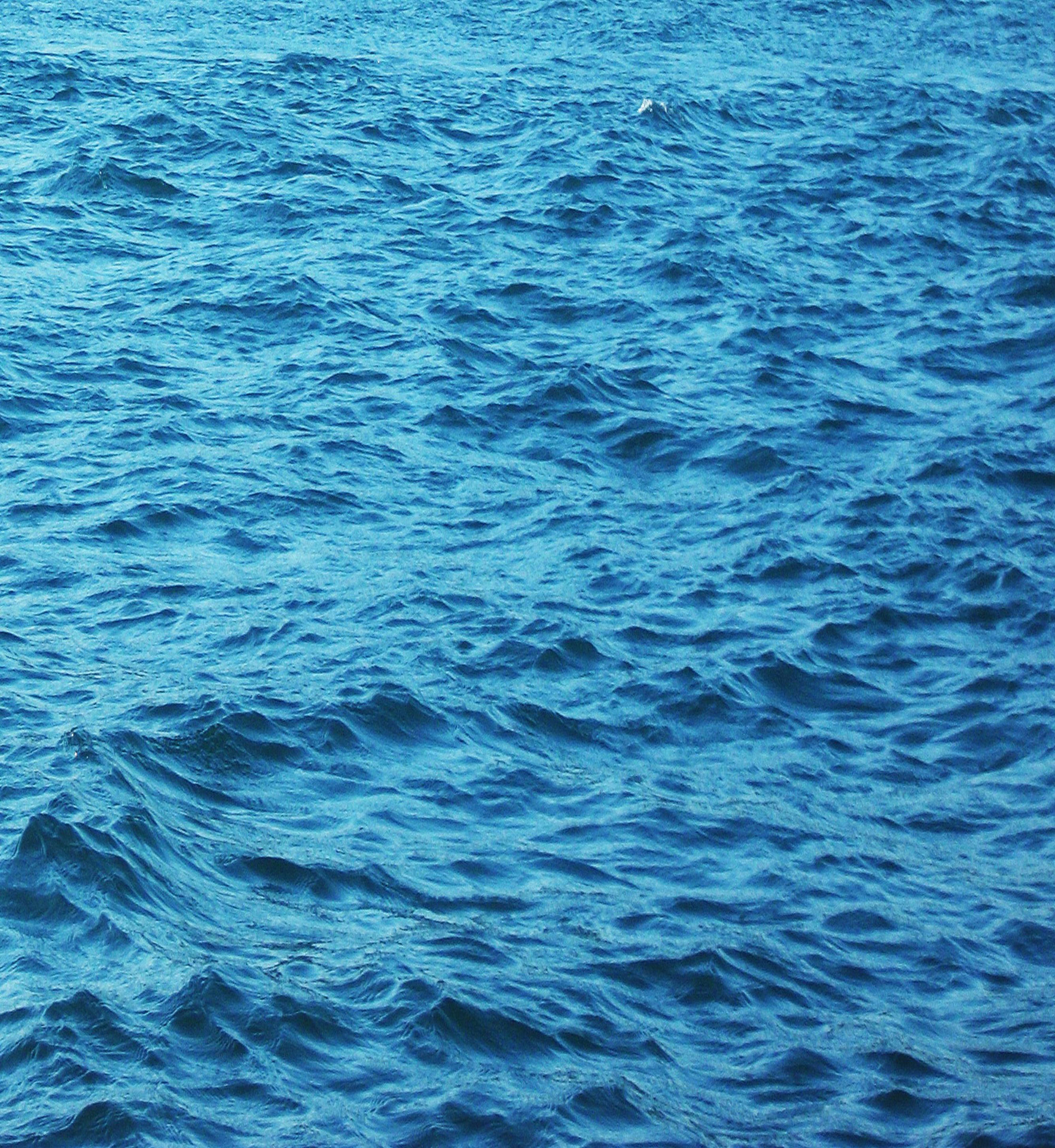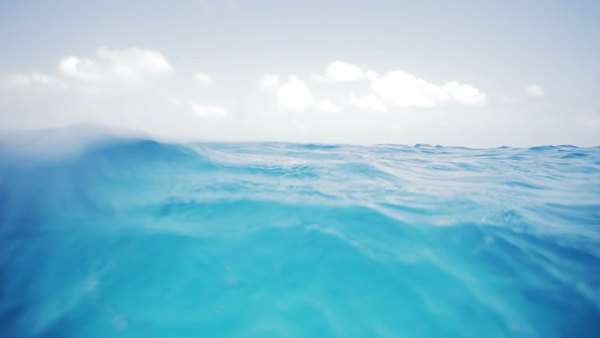Are There Waves In The Middle Of The Ocean

The vast expanse of the open ocean, seemingly uniform and endless, holds secrets beneath its surface. Beyond the familiar surface waves driven by wind, scientists are uncovering a hidden world of massive, slow-moving undulations lurking in the ocean's depths.
These aren't your typical beach breakers; these are internal waves, gigantic swells that form not on the surface, but within the ocean itself. The existence of these waves has been confirmed through satellite imagery, underwater sensors, and sophisticated computer models, revealing a complex interplay of forces shaping the marine environment.
What are Internal Waves?
The ocean isn't a homogenous body of water. Layers of water with different densities – primarily due to temperature and salinity – stack upon each other. Denser, colder, saltier water lies beneath lighter, warmer, fresher water.
Internal waves occur at the boundaries between these layers. They are disturbances that propagate through the ocean's interior, much like surface waves, but on a much grander scale.
These waves are generated by a variety of factors, including tidal forces, underwater topography, and even the movement of large ships. The pull of the moon and sun on the Earth, particularly around underwater mountains or continental shelves, can displace these density layers, setting off a chain reaction that creates internal waves.
Significance and Discovery
The study of internal waves is relatively recent, driven by advancements in oceanographic technology. Prior to detailed satellite imagery and sophisticated underwater sensors, these hidden giants remained largely unknown.
Dr. Helen Czerski, an oceanographer and physicist at University College London, has been instrumental in popularizing the science behind internal waves. Her work highlights their significance in ocean mixing and nutrient distribution.
"These waves are a fundamental part of how the ocean works," Dr. Czerski explained in a recent interview. "They transport energy and momentum across vast distances, and they play a critical role in mixing nutrients from the deep ocean to the surface, where they fuel marine life."
Key Characteristics
Internal waves differ significantly from surface waves. Their wavelengths can stretch for kilometers, and their heights can reach hundreds of meters.
Unlike surface waves, which are readily visible, internal waves are often invisible to the naked eye. Their presence is usually detected through changes in water temperature, salinity, or current velocity.
They also travel much slower than surface waves, typically at speeds of a few meters per second. This slow pace contributes to their longevity, allowing them to propagate for hundreds or even thousands of kilometers.
Impacts on Marine Ecosystems
Internal waves have a profound impact on marine ecosystems. As they propagate, they cause vertical mixing of the water column, bringing nutrient-rich water from the depths to the surface.
This upwelling of nutrients fuels phytoplankton blooms, forming the base of the marine food web. Areas with strong internal wave activity are often highly productive, supporting a rich diversity of marine life.
However, internal waves can also have negative impacts. Strong internal waves can disrupt fishing operations and even damage underwater infrastructure, such as pipelines and communication cables. They can also cause sudden changes in water temperature and salinity, which can stress marine organisms.
Research and Monitoring
Ongoing research is focused on understanding the formation, propagation, and dissipation of internal waves. Scientists are using a combination of satellite data, underwater sensors, and computer models to study these complex phenomena.
Organizations like NOAA (National Oceanic and Atmospheric Administration) and NASA are heavily involved in monitoring internal wave activity. Satellites equipped with radar altimeters and infrared sensors can detect subtle changes in sea surface height and temperature, providing valuable data for identifying and tracking internal waves.
Underwater sensors, such as autonomous underwater vehicles (AUVs) and moorings equipped with temperature and salinity sensors, provide high-resolution data on the internal structure of the ocean. This data is crucial for validating computer models and improving our understanding of internal wave dynamics.
Human Interest Angle
Beyond the scientific significance, internal waves hold a certain allure for those who spend their lives on or near the ocean. Sailors, fishermen, and surfers often report experiencing unusual currents and water conditions that may be related to internal wave activity.
Some surfers even seek out areas known for strong internal wave activity, hoping to catch a ride on these hidden giants. While surfing internal waves is possible, it is also potentially dangerous due to the unpredictable nature of these waves and the strong currents they can generate.
Conclusion
The discovery and ongoing study of internal waves have revolutionized our understanding of the ocean's dynamics. These hidden giants play a critical role in ocean mixing, nutrient distribution, and marine ecosystems.
Further research is needed to fully understand the complex interactions between internal waves, climate change, and human activities. As we continue to explore the depths of the ocean, we are sure to uncover even more secrets about these fascinating and important phenomena.
Understanding these complex wave patterns is crucial for sustainable resource management and mitigating the impacts of climate change on our oceans.


















